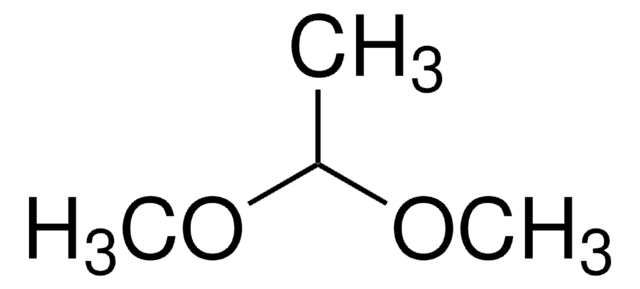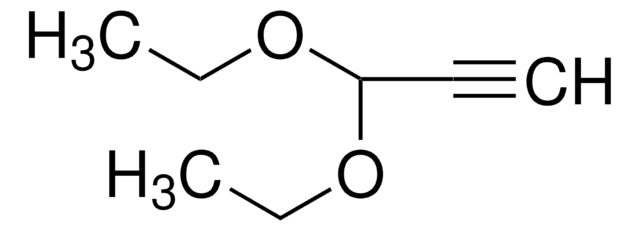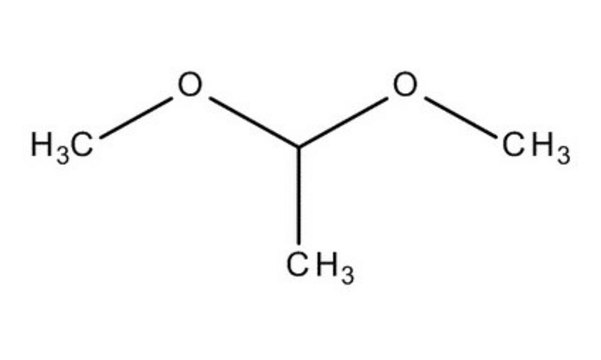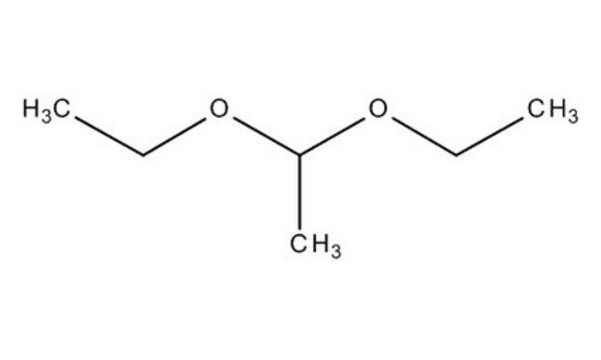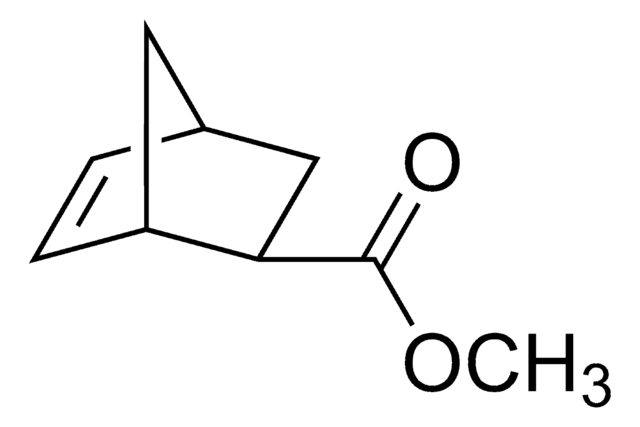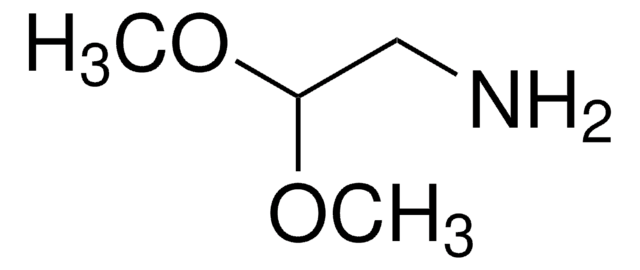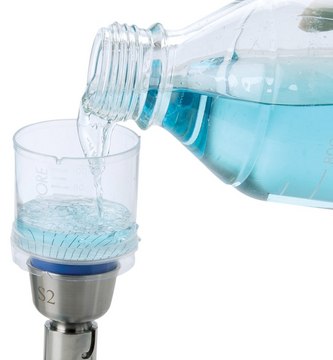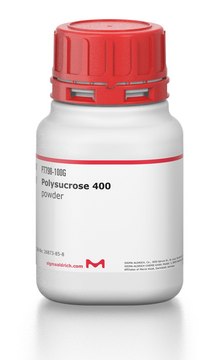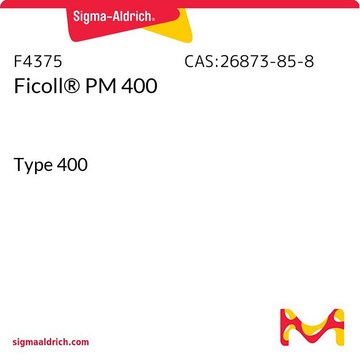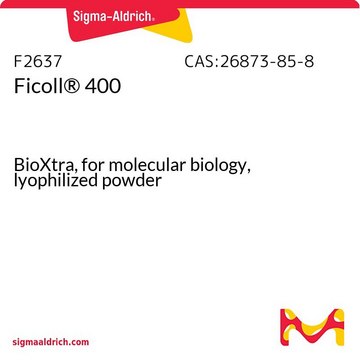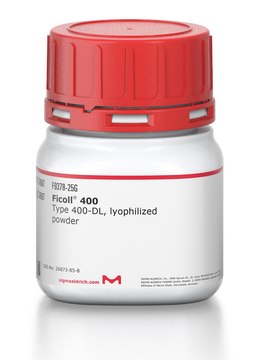Key Documents
Safety Information
176958
Propionaldehyde diethyl acetal
97%
Synonym(s):
1,1-Diethoxypropane
Select a Size
Select a Size
About This Item
Recommended Products
Quality Level
Assay
97%
form
liquid
refractive index
n20/D 1.389 (lit.)
bp
122.8 °C (lit.)
density
0.815 g/mL at 25 °C (lit.)
functional group
ether
SMILES string
CCOC(CC)OCC
InChI
1S/C7H16O2/c1-4-7(8-5-2)9-6-3/h7H,4-6H2,1-3H3
InChI key
MBNMGGKBGCIEGF-UHFFFAOYSA-N
Looking for similar products? Visit Product Comparison Guide
1 of 4
This Item | F4375 | F2637 | F9378 |
|---|---|---|---|
| biological source synthetic (organic) | biological source - | biological source non-animal source | biological source sugar beets (Beta vulgaris) |
| Quality Level 100, 200 | Quality Level 200 | Quality Level 200 | Quality Level 200 |
| solubility water: soluble | solubility H2O: 100 mg/mL, clear to slightly hazy, colorless to faintly yellow | solubility - | solubility H2O: soluble 100 mg/mL, clear to slightly hazy, colorless to faintly yellow |
| form powder | form powder, spray-dried | form lyophilized powder | form lyophilized powder |
| storage temp. room temp | storage temp. room temp | storage temp. room temp | storage temp. 15-25°C |
| color white | color white to off-white | color - | color white |
Application
Signal Word
Danger
Hazard Statements
Precautionary Statements
Hazard Classifications
Flam. Liq. 2
Storage Class Code
3 - Flammable liquids
WGK
WGK 3
Flash Point(F)
53.6 °F - closed cup
Flash Point(C)
12 °C - closed cup
Personal Protective Equipment
Regulatory Information
Choose from one of the most recent versions:
Already Own This Product?
Find documentation for the products that you have recently purchased in the Document Library.
Our team of scientists has experience in all areas of research including Life Science, Material Science, Chemical Synthesis, Chromatography, Analytical and many others.
Contact Technical Service